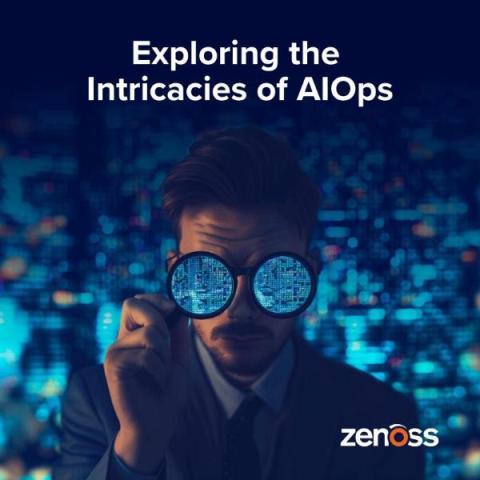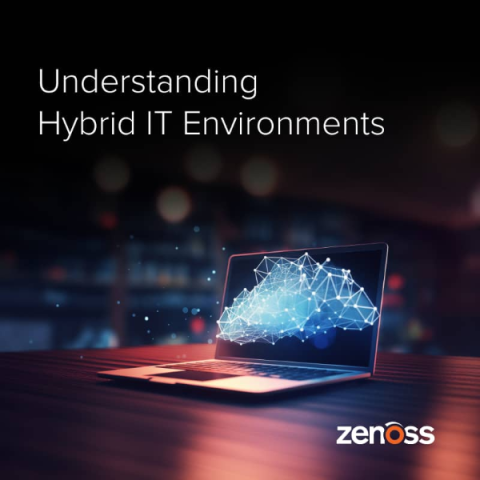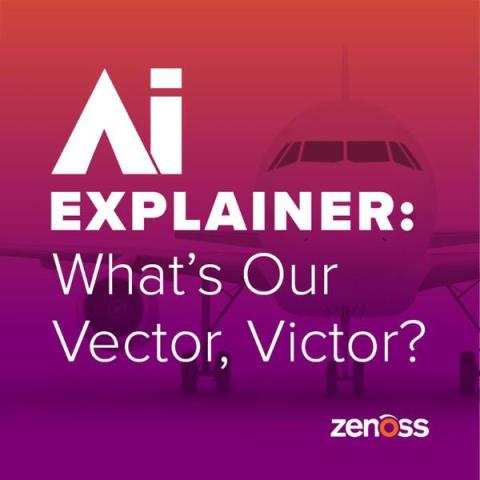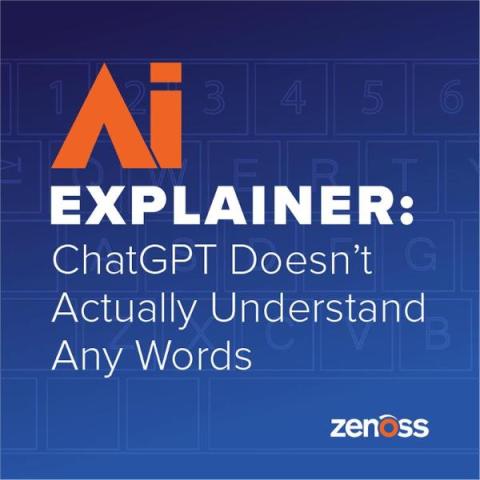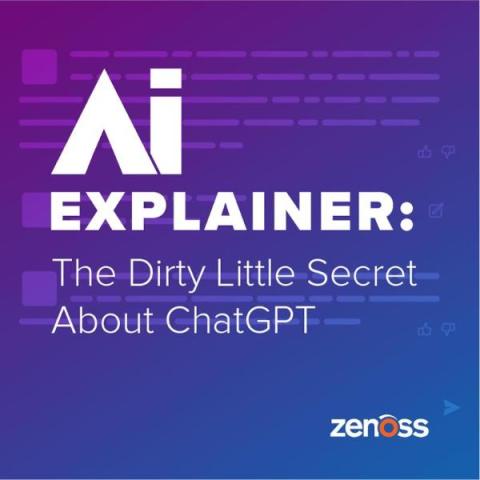Exploring the Intricacies of AIOps
Zenoss Chief Product Officer Trent Fitz was recently featured on the “Future Tech and Foresight” podcast with host Marc Verbenkov. On the podcast, Trent unraveled the complexities and indispensable role of AI in modern IT operations, which is reshaping the landscape of technology across industries.


